In fact, I really didn’t enjoy pattern sewing until Fable was born. That’s when I got the bug. Something about having a granddaughter made me suddenly want to sew dresses—lots of them. And then shirts for Archer when I got more confidence in my sewing. Today, in my Part I Guide to Easy Sewing by A Novice Sewer, I am going to share my “getting started” tips that I have learned as I dusted off the sewing machine and started making clothes for my grandchildren.
***
Part I Guide to Easy Sewing by A Novice Sewer
1. Invest in a good sewing machine.
I think one reason I stopped sewing years ago was because I had a lousy machine and sewing on it was frustrating. The quality of a machine is SUPER important. But that doesn’t mean you have to spend thousands of dollars. Prices vary greatly, but unless you are expecting to do a lot of fancy stuff, the basic machines made by good companies are fine. I actually use Rachel’s, which we bought for her in high school when she was interested in becoming a fashion designer—before she was bitten by the music bug. She left it home when she went off to college and I have adopted it…at least until she has time to sew again and wants it back. It’s a Husqvarna Viking Sophia model (I’m not sure if they make this model anymore). It sews really well, is easy to use, and was in the $200-$300 range. Brother makes a lot of great machines…some really expensive and others reasonable. Spend some time researching online, reading reviews and specs of the machines before you go shopping so you have a good idea of what you want from your machine. If you are new to sewing or have bought a new machine, take a class or two before you start sewing—with your machine—so you get to know all that it can do and how to take care of it.
2. Find patterns that fit your sewing prowess.
If you are a beginner, pick easy patterns at first so you don’t get discouraged. When I started making dresses, I went to a big fabric store chain to look for patterns, but I eventually found all of my favorite patterns online. Indygo Junction makes the easiest pattern for beginners and it turns out really cute (see above). The first dresses I made for Fable were with this pattern. Izzy and Ivy makes awesome patterns and my favorite is Macy Giggles. I love Portabello Pixie, too, especially their Claire pattern. I have looked everywhere online and it seems it is sold out (BUMMER), but you can buy the pattern as part of an online class on the Portabello Pixie website, which I think would be wonderful for new sewers. This is a great pattern and I’ve made it over and over again. I found this peasant dress online also, but haven’t sewn it. Modkid makes some great patterns, some more difficult than others. And now there are many e-patterns you can buy. Here is a site that has lots to choose from, although I haven’t tried any to recommend. As for boys, I have made several shirts for Archer using Oliver and S Sketchbook shirt and although making boys shirts can be difficult, this is a really easy pattern for an intermediate sewer to make.
3. Pick quality cotton fabrics that are easy to sew.
If you're going to put your love and time into making something, you want the material to be quality. I learned this lesson years ago when I was pregnant with Rebecca and wanted to knit Larry a sweater. I picked out a yummy soft wool yarn and got talked out of it by a man who told me I would regret making a sweater out of wool because it would be expensive and would need dry cleaning. He sold me, instead, an inexpensive washable synthetic yarn. The sweater took nine months for me to make…my entire pregnancy. And when it was done, I was so disappointed in it because the yarn was stiff and cheap looking. Larry lovingly wore it for years, but I eventually got rid of it because it didn’t feel special to me. If you are going to put time and love into a project, you want to be proud of it when it is done.
4. Don't be afraid to shop online.
The best place to shop, of course, is a store where you can feel and see the fabric. I don’t like the big chain yardage stores because they usually don’t have the really good quality cottons from the best designers and I like using fabulous fabric. If you have a quilting store in your area or a boutique fabric store, go there first and see if anything suits your fancy. I used to shop at a local store that had beautiful fabrics, but it closed a month after the twins were born. I was devastated because I loved going there. Now I do most of my shopping for fabrics online. Even though shopping online can seem strange, once you get to know a designer or manufacturer that you like, you can trust the fabrics to be to your liking. I have several places where I buy mine and have several favorite designers, too. Hawthorne Threads, Fabric Worm, and Fresh Squeezed Fabrics on Etsy, Fabric.com, and Form and Fabric are some of my favorite sites. Some of my favorite designers are Amy Butler, Alexander Henry, Dennis Bennett for Birch Organic, Echino by Etsuko Furuya and Robert Kaufman. Westminster Fabrics, a manufacturer, has beautiful cottons, but you can’t buy from their website. I look for fabrics I like there and Google the designer and fabric name to find where I can buy them.
5. Use more than one fabric in your children’s clothes.
I like to pick at least two coordinating fabrics by the same designer for my dresses or shirts. Most websites will show you the coordinating fabrics for each designer. For instance, say you pick an Amy Butler fabric manufactured by Westminster fabrics on the Hawthorne Thread website. They will show you fabrics that are in the same color palette and that will coordinate with your chosen fabric since these websites are set up for quilters. This is where the fun is, in my opinion. Picking fabulous coordinating colors creates the wow factor in the clothes.
6. Use the best quality cotton thread and sharp fabric scissors.
This goes along with my other tips…don’t cut corners on materials or tools.
7. Wash and iron your fabric before sewing.
Even though I always want to skip this step so I can START SEWING NOW, it is important.
8. TAKE YOUR TIME with every step.
I think for me this was the hardest lesson to learn. I used to rush through my projects because I wanted to get to the end result instead of enjoying the time I was sewing. Because I was rushing, I made lots of mistakes and got frustrated. Now I only sit down to sew when I have the time set aside and don’t feel rushed. This way, I can fill each seam with love and care and enjoy the process, not just the product.
Hope these “getting started” tips are helpful. In my Part II post, I’ll get into the actual sewing process. And if you have any questions or tips to add that I might have forgotten, please let me know. As I said, I’m a novice, so I’m sure that all of you experts out there have a lot of helpful information to add!
Enjoy!
Love,
WWW


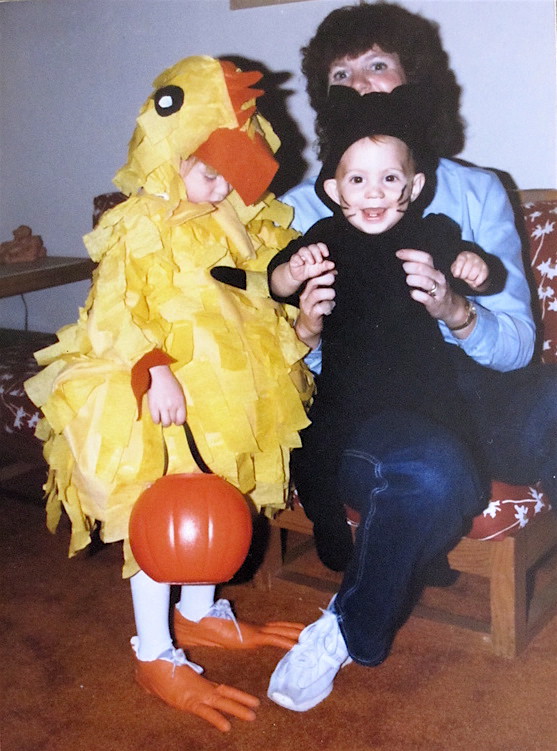
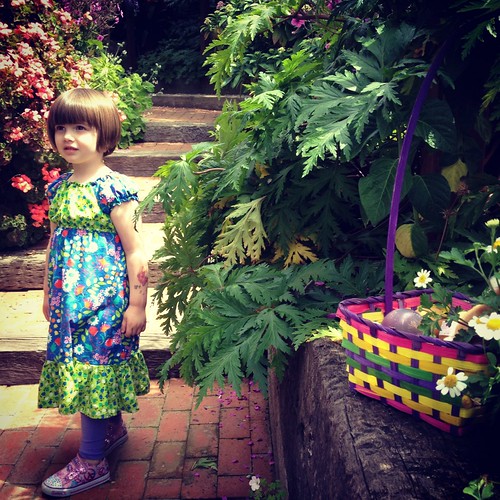
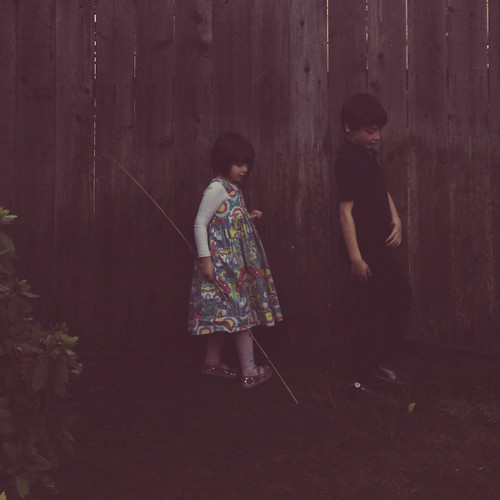
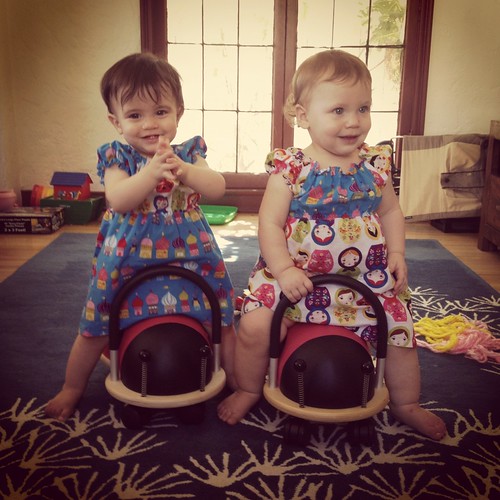
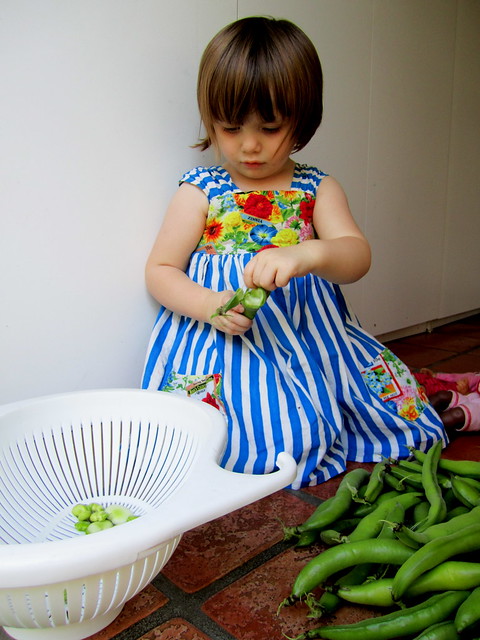
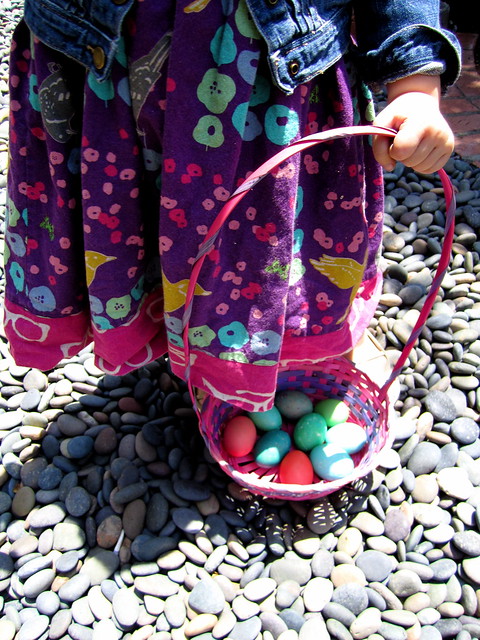

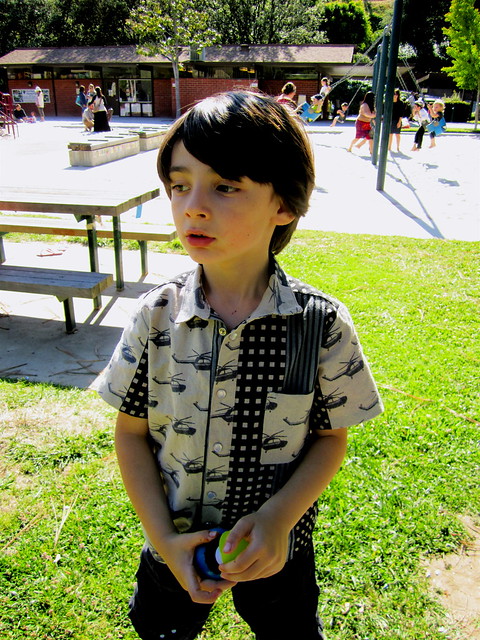
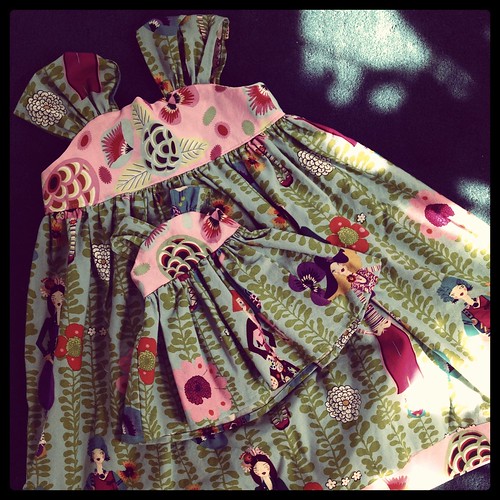
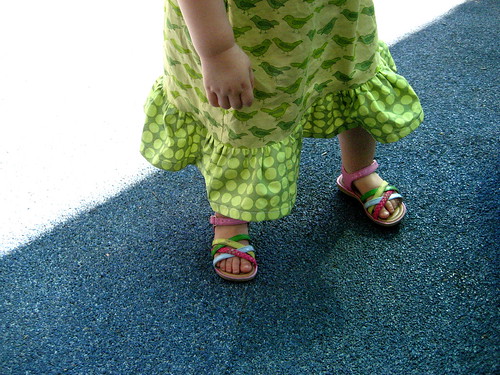
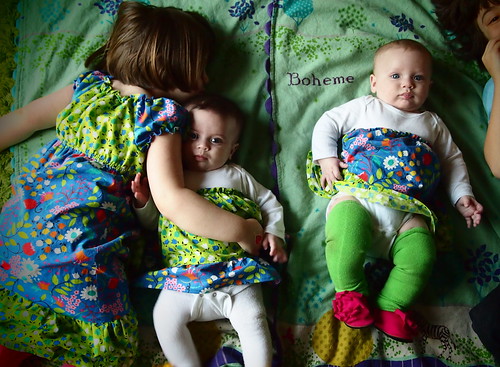
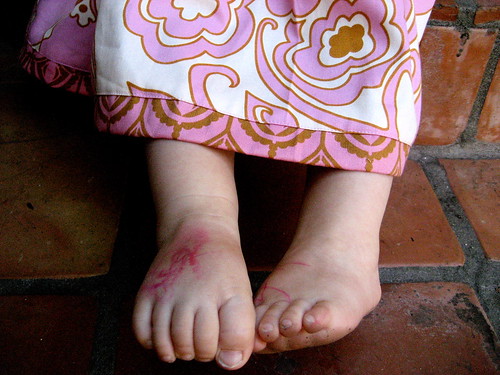
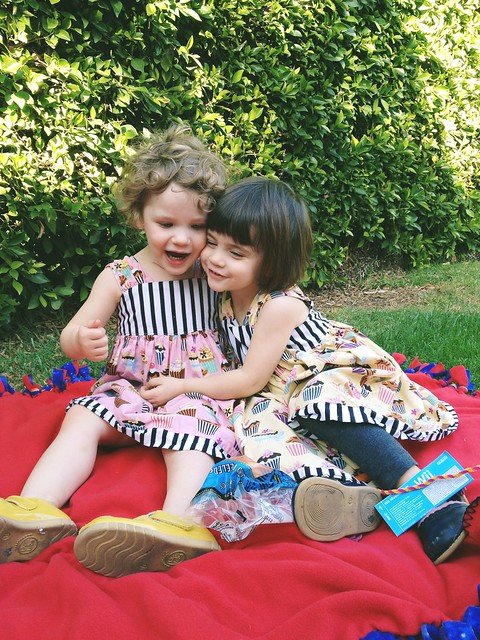
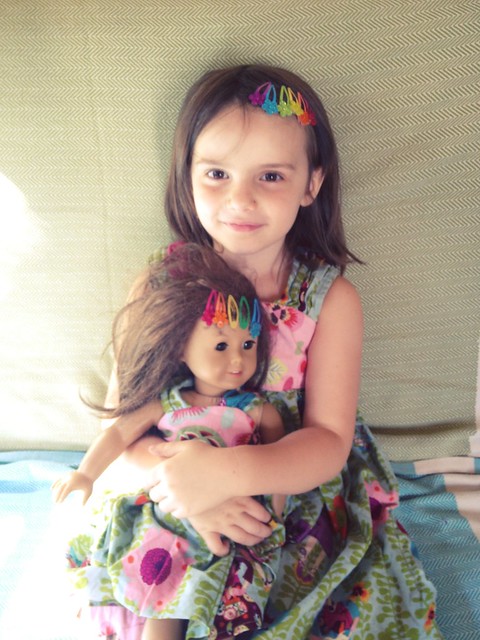
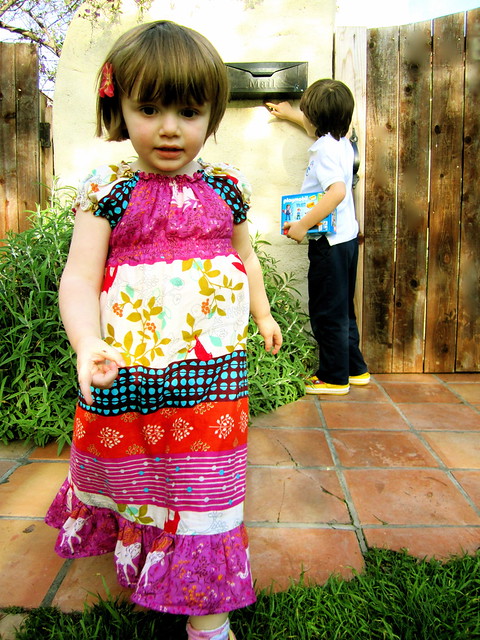

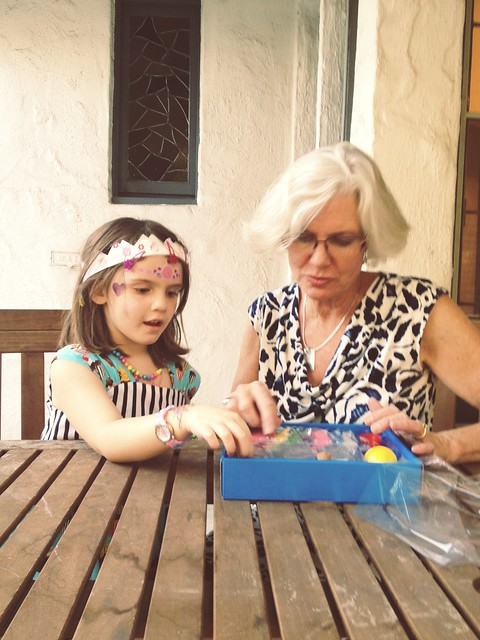
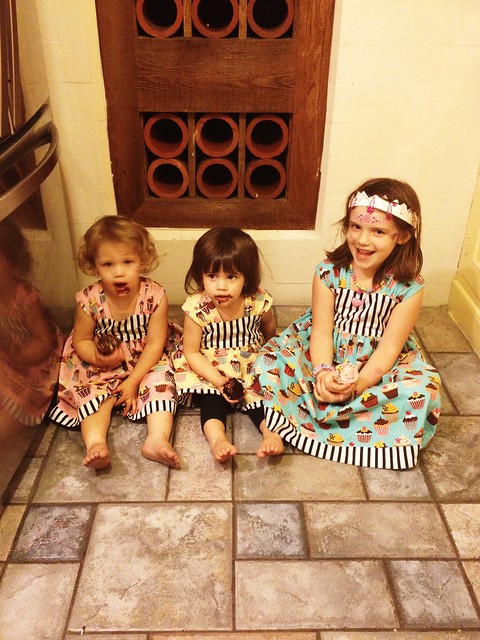

0 comments:
Post a Comment